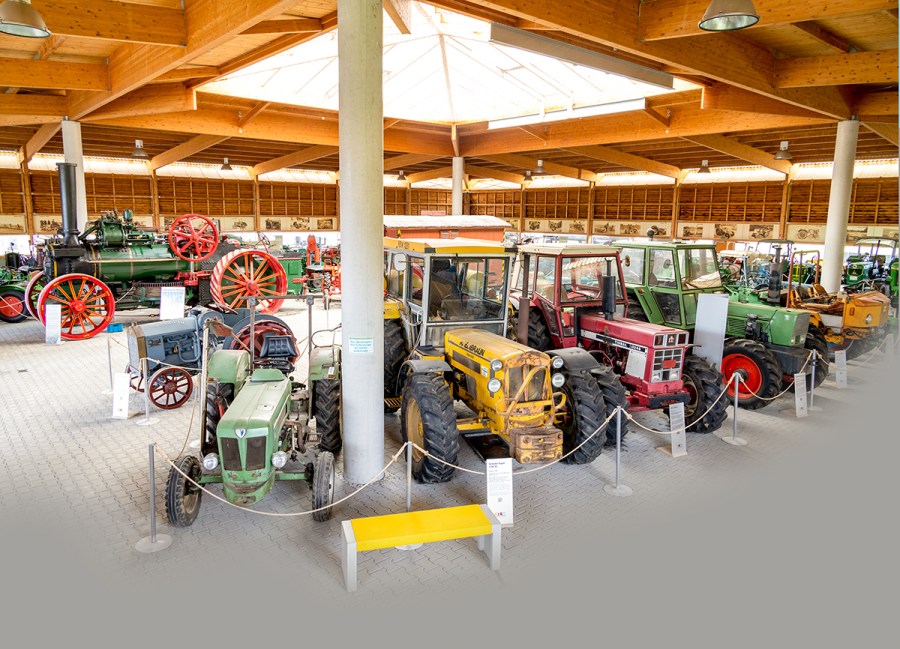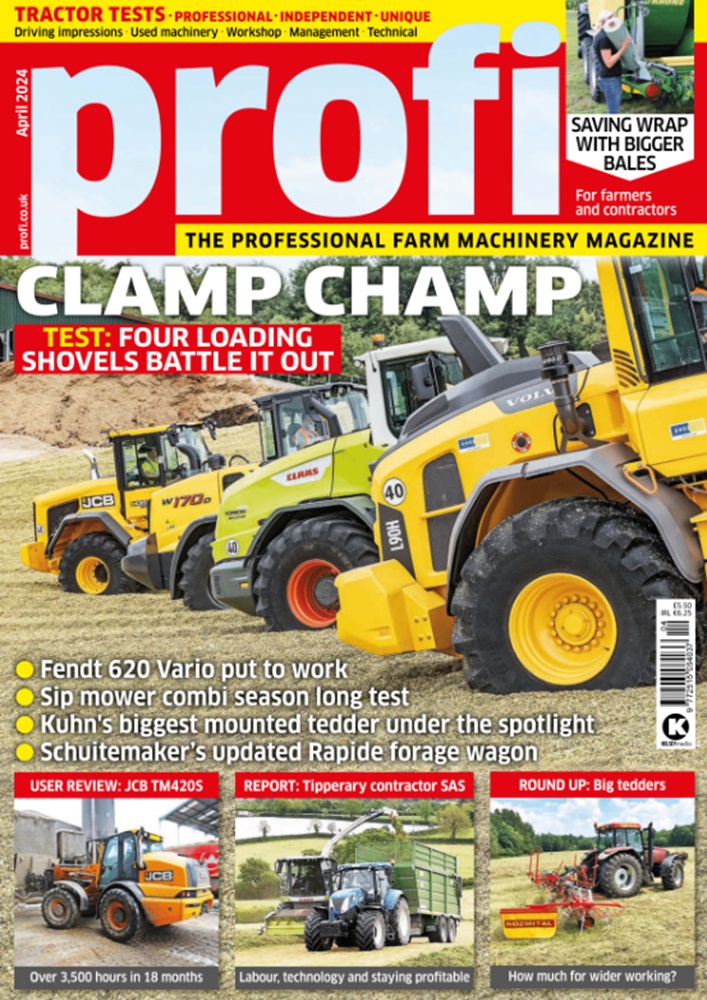The German Agricultural Museum (DLM, Deutsch Landwirtschaftsmuseum) in Stuttgart Hohenheim is operated by the Hohenheim University of Agriculture. We visit this treasure trove.
KEEPING IT BRIEF
- Hohenheim University is home to the oldest collection of agricultural machinery in the world.
- A number of the halls in the German Agricultural Museum are open to the general public.
- Highlights include rarities from the university’s experiment and research facilities.
More than 200 years ago, farm machinery was already being mass-produced in the Hohenheim agricultural equipment factory, which was part of the teaching and research institute. In 1819 in southern Germany, this was a unique approach and clearly laid the foundations for the world’s oldest collection of farm machinery.
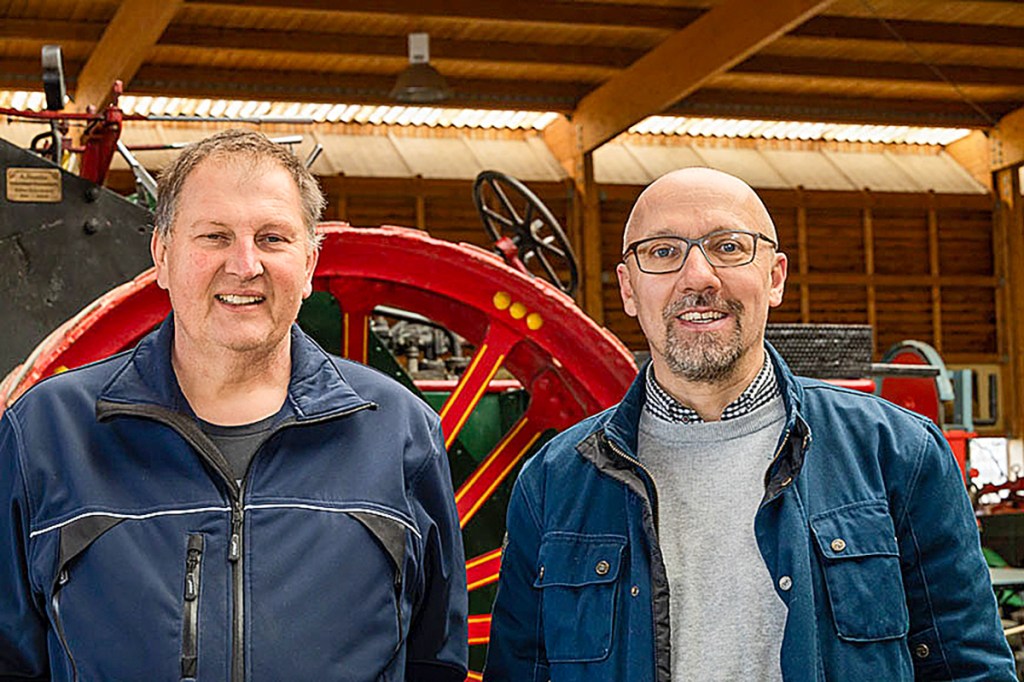
The history of the museum
Countless exhibits in the museum served as training and demonstration machines in the early days of mechanisation, whereas others served their time in the field. The actual museum was founded in the 1970s. The main promotor was its director Dr Klaus Herrmann who passed away in 2022. In 1994, the first extension was built at a new site at Filderhauptstraße 179, outside the university campus.
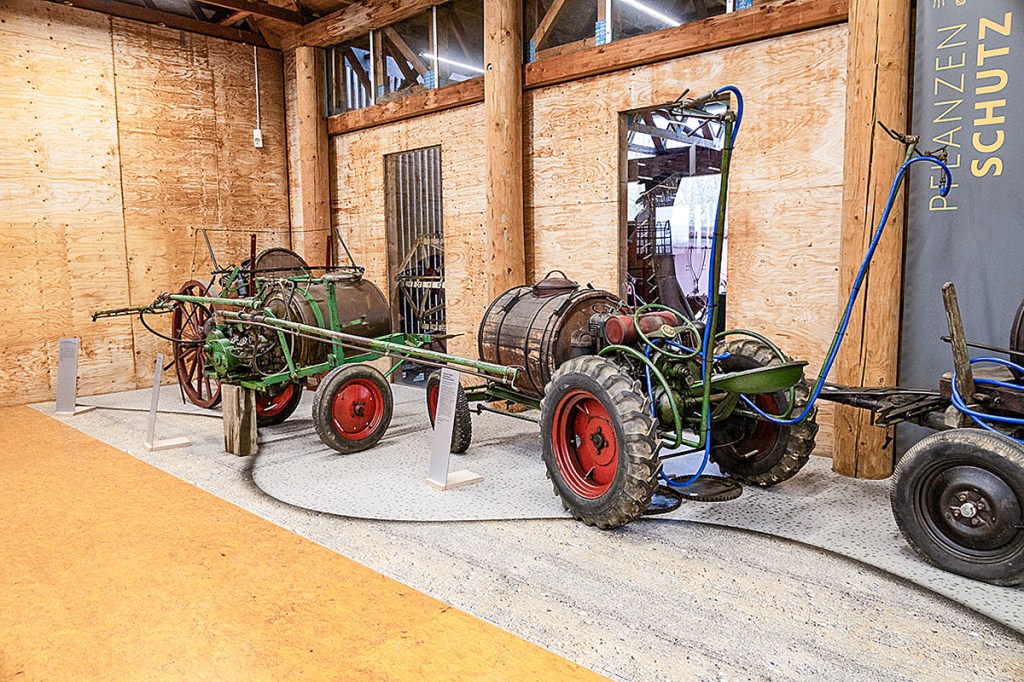
This building, too, was quickly outgrown. It was one particular exhibit that spurred on the construction of the next exhibition hall: the Claas Apollo mobile forage dryer, which was built in the seventies and the restoration of which Helmut Claas personally pushed ahead.
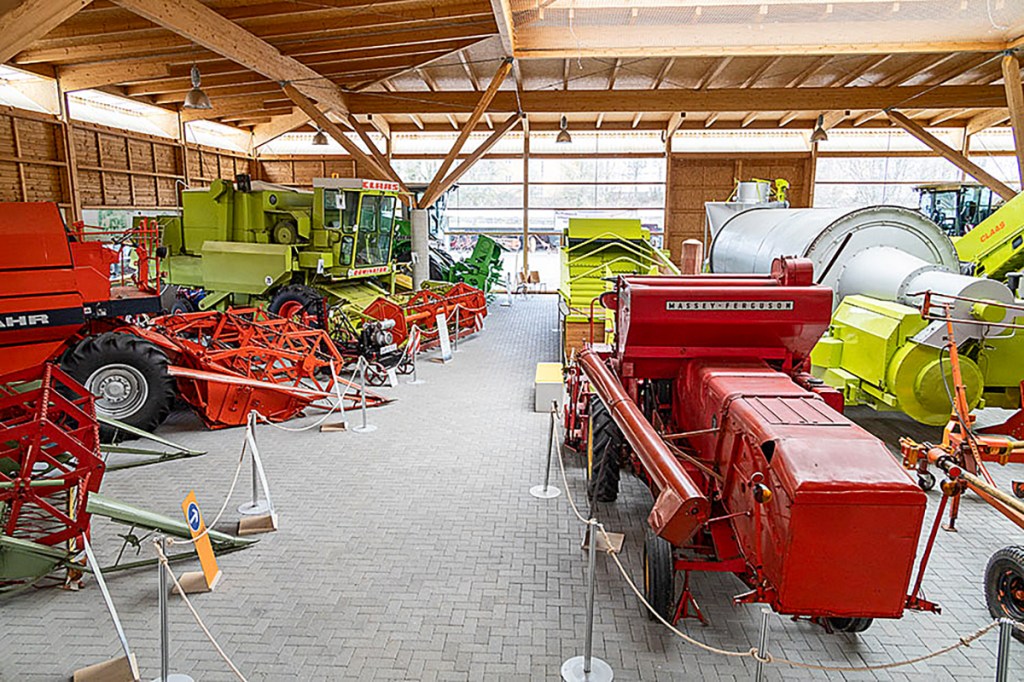
A history of harvesters
In 2004 Claas donated the necessary hall in order to be able to present the large-scale dryer in an appealing way. Yet, the hall not only offers space for the Apollo system, but it is also home to a large range of harvesters. First up, a replica of an 1831 and US-built grain mower. The ‘modern’ top model is a Claas Dominator 85 from 1979.
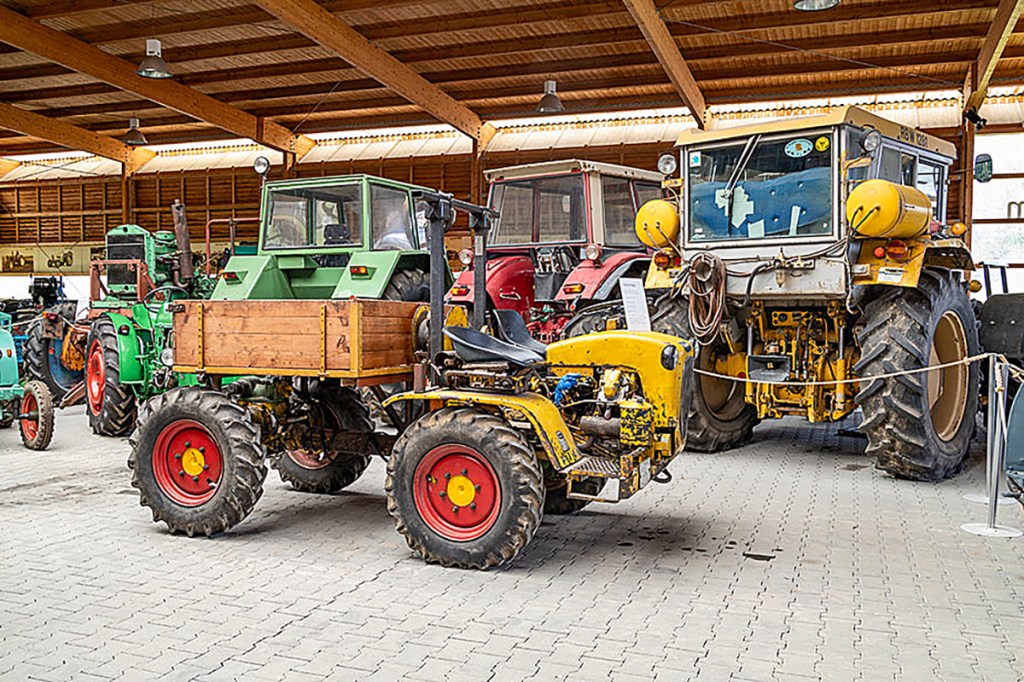
The time between these models is covered by impressive exhibits such as a threshing machine built of steel dating from the 1920s, a rare Claas combine harvester-binder from 1938 and the first European self-propelled combine harvester (Massey Harris 726 from 1951). One highlight in the maize harvesting area has to be the Krone Big X test machine with electric drive components. Its sheer size illustrates the enormous progress that has been made in the world of self-propelled forage harvesters. Another standout exhibit is the impressive Deutz-Fahr Grasant self-propelled mower conditioner.
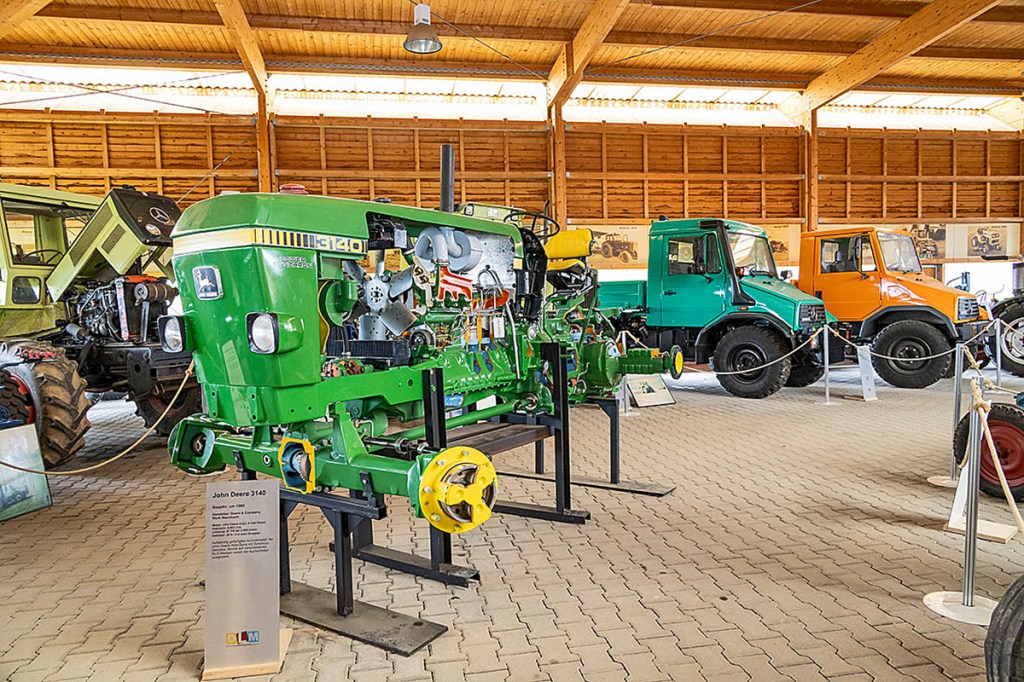
As we enter the largest hall, we’re instantly taken by the mighty steam plough, including the gigantic tipping plough, which is fully functional. As for the tractors, we admire the early Fordson F in block construction and an 11-series Deutz. Yet most tractors are much rarer than these: for example, a very early tracked tractor from LHB Werkes in Wroclaw, manufactured in 1928, and, in stark contrast, a Claas Challenger 55 on rubber tracks. Or the first Unimog prototype U5 with a diesel engine.
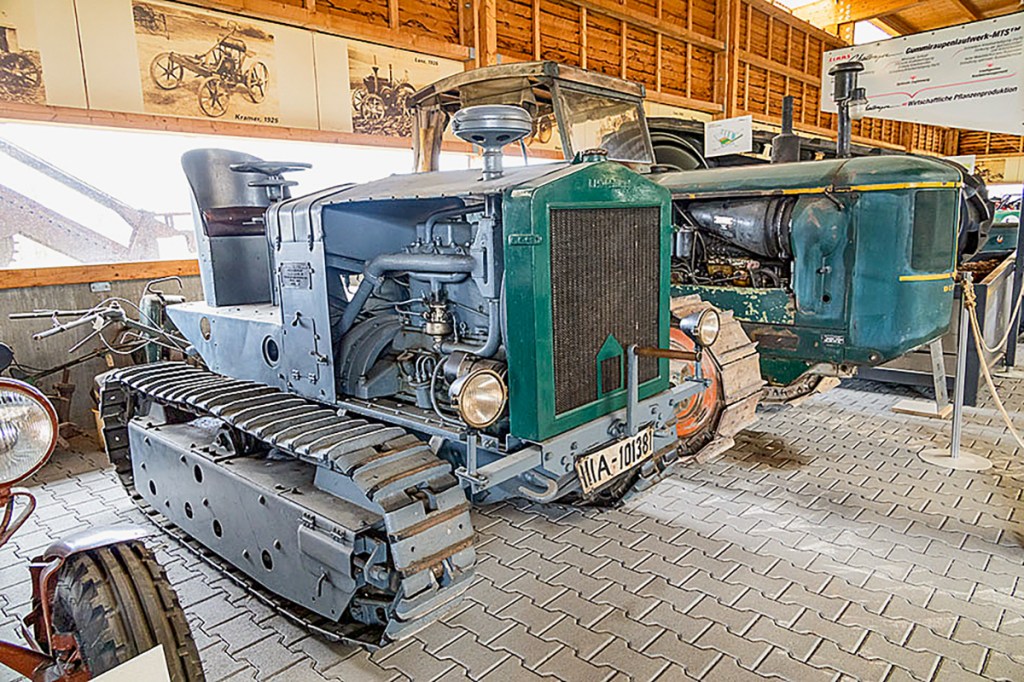
The largest tractor housed here is a Claas Xerion 2500 on huge tyres. To list all the special exhibits would go beyond the scope of this article.
Outlook
The future of the museum is becoming more difficult, because the machines are becoming more expensive, more complex and larger — a challenge that’s also felt on a small scale, because the original building, which houses a very impressive scale model collection is currently closed due to restructuring. We hope it will reopen soon.
So, if you find yourself around Stuttgart, it is well worth a visit. Information on opening times and admission prices, for example, can be found online at dlm-hohenheim.de — and keep an eye out for any of the special events that are occasionally put on, such as the grain harvesting event last summer.
Lucas Colsman
For more up-to-date farming news click here and subscribe now to profi and save.

